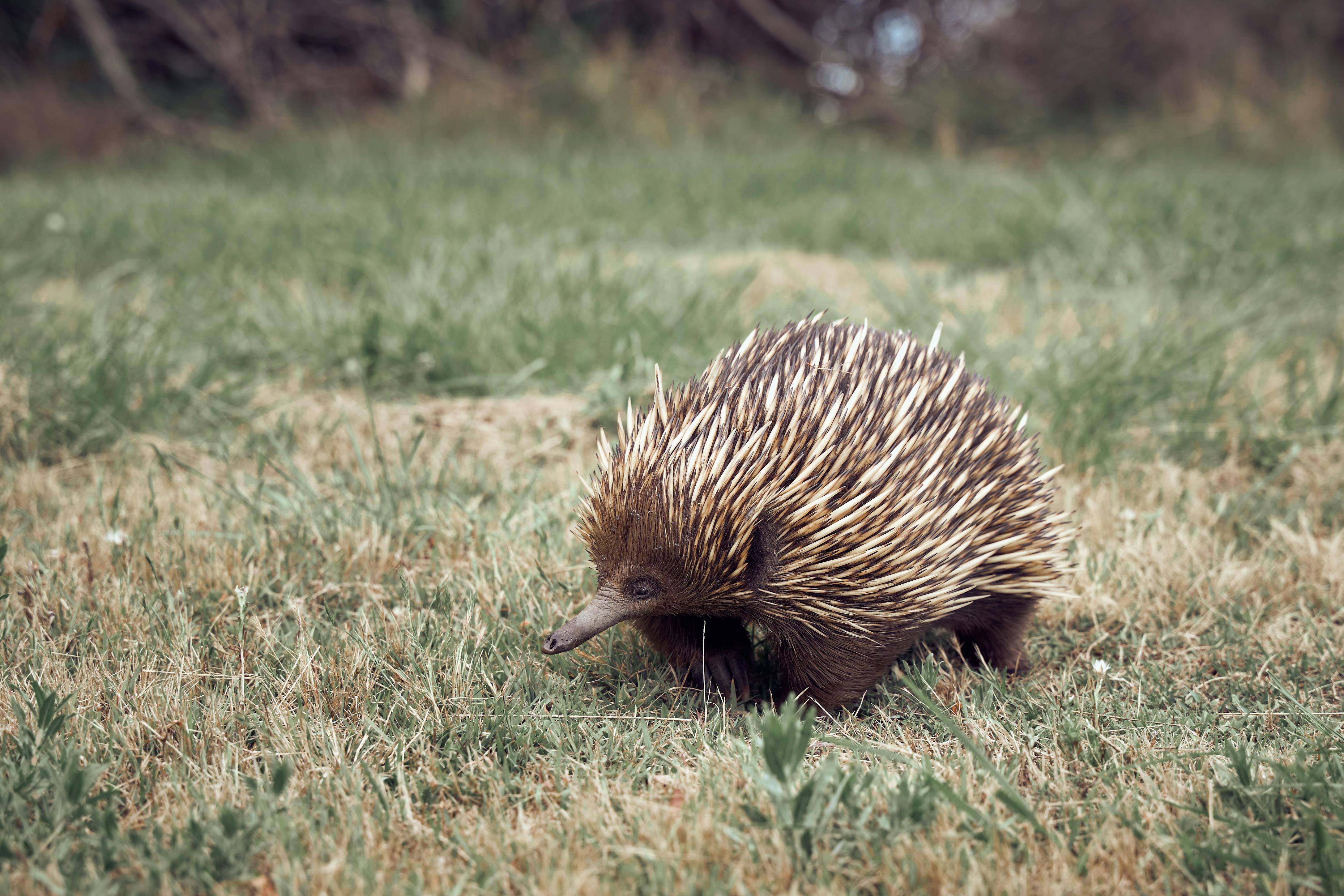The Hidden World of Hedgehogs: An In-depth Look into Hedgehog Care and Conservation
Hedgehogs are often overlooked in the world of pets and wildlife conservation. This article delves into the fascinating world of these spiky creatures, discusses their unique care requirements as pets, and sheds light on the current conservation efforts aimed at protecting wild hedgehog populations.

A Spiky History: Origins and Evolution of Hedgehogs
Hedgehogs, known for their distinctive spiky appearance, belong to the family Erinaceidae, which has roots dating back 15 million years. These creatures evolved to thrive in a variety of habitats, from African deserts to European woodlands. Their unique adaptations, such as their spines for protection and nocturnal habits, have made them successful survivors over the millennia.
The Prickly Pet: Understanding Hedgehog Husbandry
Hedgehogs, particularly the African Pygmy species, are increasingly popular as exotic pets. Their unique behaviors and compact size make them an interesting choice for pet enthusiasts. However, hedgehog care is not as straightforward as traditional pets like cats or dogs. They require a specialized diet, a suitable habitat with heat regulation, and specific health care due to their susceptibility to certain diseases. A hedgehog pet can cost anywhere from $100 to $300, with an additional budget for their habitat setup and ongoing care costs.
Roll into the Wild: The Current State of Hedgehog Populations
While hedgehogs are thriving in the pet trade, their wild counterparts face numerous challenges. In the UK, hedgehog populations have declined by at least 50% in the last two decades. This decline is primarily due to habitat loss, pesticide use, and road accidents. The plight of hedgehogs is not widely known, as conservation efforts often focus on more charismatic species.
Spines Up for Conservation: Protecting Hedgehogs in the Wild
Conservation organizations, such as the UK’s Hedgehog Preservation Society, are working tirelessly to protect and conserve wild hedgehog populations. They conduct research, spread public awareness, and create hedgehog-friendly environments. The society even encourages individuals to create ‘hedgehog highways’ in their gardens for these creatures to roam freely.
The Role of Pet Owners: Contributing to Hedgehog Conservation
Pet hedgehog owners play a crucial role in hedgehog conservation. By adopting responsibly, avoiding wild-caught hedgehogs, and supporting captive breeding programs, they can help reduce the demand for wild hedgehogs in the pet trade. Additionally, pet owners can participate in citizen science projects, contribute to hedgehog research, and spread awareness about these fascinating creatures.
In conclusion, hedgehogs are intriguing animals that walk a fine line between the pet trade and wildlife conservation. As we continue to delve into the hidden world of these spiky creatures, it becomes clear that they require dedicated care as pets and proactive measures to ensure their survival in the wild.




